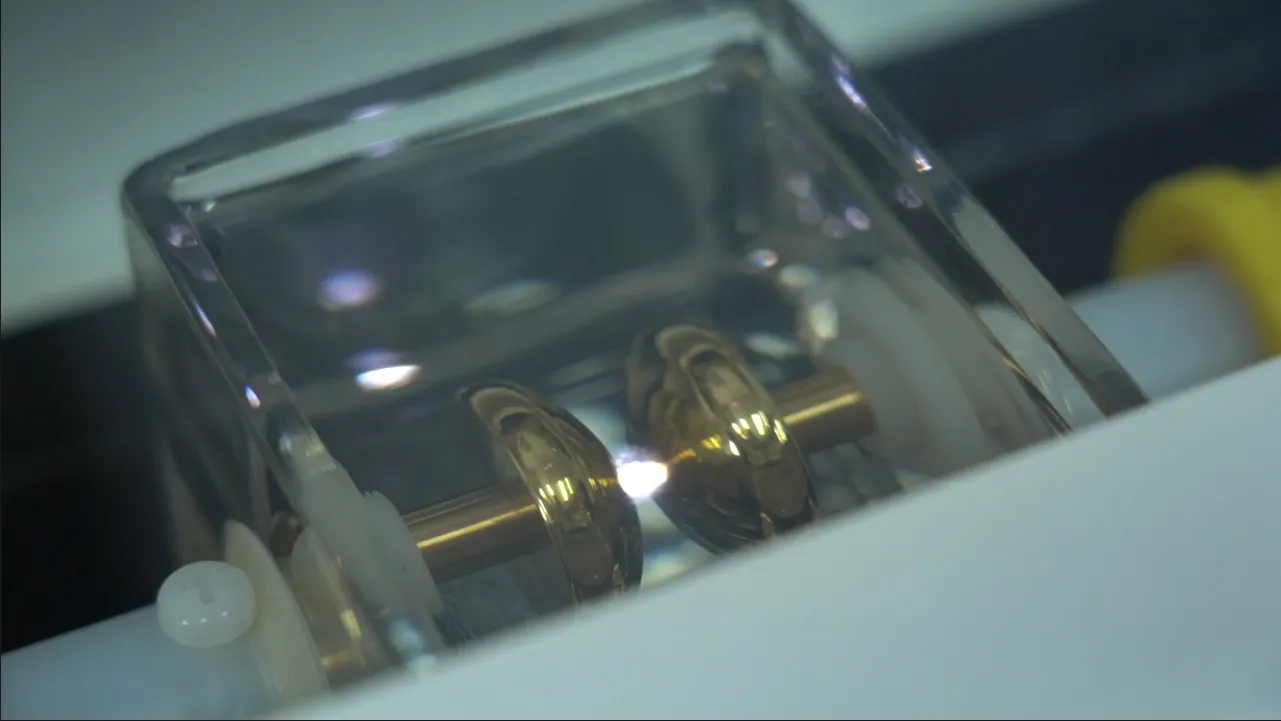 English
English



-
 Afrikaans
Afrikaans -
 Albanian
Albanian -
 Amharic
Amharic -
 Arabic
Arabic -
 Armenian
Armenian -
 Azerbaijani
Azerbaijani -
 Basque
Basque -
 Belarusian
Belarusian -
 Bengali
Bengali -
 Bosnian
Bosnian -
 Bulgarian
Bulgarian -
 Catalan
Catalan -
 Cebuano
Cebuano -
 China
China -
 China (Taiwan)
China (Taiwan) -
 Corsican
Corsican -
 Croatian
Croatian -
 Czech
Czech -
 Danish
Danish -
 Dutch
Dutch -
 English
English -
 Esperanto
Esperanto -
 Estonian
Estonian -
 Finnish
Finnish -
 French
French -
 Frisian
Frisian -
 Galician
Galician -
 Georgian
Georgian -
 German
German -
 Greek
Greek -
 Gujarati
Gujarati -
 Haitian Creole
Haitian Creole -
 hausa
hausa -
 hawaiian
hawaiian -
 Hebrew
Hebrew -
 Hindi
Hindi -
 Miao
Miao -
 Hungarian
Hungarian -
 Icelandic
Icelandic -
 igbo
igbo -
 Indonesian
Indonesian -
 irish
irish -
 Italian
Italian -
 Japanese
Japanese -
 Javanese
Javanese -
 Kannada
Kannada -
 kazakh
kazakh -
 Khmer
Khmer -
 Rwandese
Rwandese -
 Korean
Korean -
 Kurdish
Kurdish -
 Kyrgyz
Kyrgyz -
 Lao
Lao -
 Latin
Latin -
 Latvian
Latvian -
 Lithuanian
Lithuanian -
 Luxembourgish
Luxembourgish -
 Macedonian
Macedonian -
 Malgashi
Malgashi -
 Malay
Malay -
 Malayalam
Malayalam -
 Maltese
Maltese -
 Maori
Maori -
 Marathi
Marathi -
 Mongolian
Mongolian -
 Myanmar
Myanmar -
 Nepali
Nepali -
 Norwegian
Norwegian -
 Norwegian
Norwegian -
 Occitan
Occitan -
 Pashto
Pashto -
 Persian
Persian -
 Polish
Polish -
 Portuguese
Portuguese -
 Punjabi
Punjabi -
 Romanian
Romanian -
 Russian
Russian -
 Samoan
Samoan -
 Scottish Gaelic
Scottish Gaelic -
 Serbian
Serbian -
 Sesotho
Sesotho -
 Shona
Shona -
 Sindhi
Sindhi -
 Sinhala
Sinhala -
 Slovak
Slovak -
 Slovenian
Slovenian -
 Somali
Somali -
 Spanish
Spanish -
 Sundanese
Sundanese -
 Swahili
Swahili -
 Swedish
Swedish -
 Tagalog
Tagalog -
 Tajik
Tajik -
 Tamil
Tamil -
 Tatar
Tatar -
 Telugu
Telugu -
 Thai
Thai -
 Turkish
Turkish -
 Turkmen
Turkmen -
 Ukrainian
Ukrainian -
 Urdu
Urdu -
 Uighur
Uighur -
 Uzbek
Uzbek -
 Vietnamese
Vietnamese -
 Welsh
Welsh -
 Bantu
Bantu -
 Yiddish
Yiddish -
 Yoruba
Yoruba -
 Zulu
Zulu
Exploring the Applications and Techniques of EPC Gas Chromatography in Modern Analysis
Understanding EPC Gas Chromatography A Comprehensive Overview
Gas chromatography (GC) is a pivotal analytical technique widely used in laboratories around the world for separating and analyzing compounds that can be vaporized without decomposition. It serves a crucial role in a variety of fields including chemistry, environmental science, pharmaceuticals, and food safety. One specific application of gas chromatography, often referred to as EPC (Environmental Protection Compliance) gas chromatography, focuses on compliance with environmental regulations by analyzing gas and volatile compounds.
The Basics of Gas Chromatography
Gas chromatography operates by utilizing a mobile phase (gas) that migrates over a stationary phase, typically contained within a column. The sample is vaporized and transported by the carrier gas, commonly helium or nitrogen, through the column. As the sample travels, various components interact differently with the stationary phase due to differences in their boiling points, polarity, and molecular weight, leading to their separation.
The key components of a gas chromatograph include the injector, column, detector, and data processor. The injector introduces the sample into the system, while the column is where the separation occurs. After separation, the detector identifies and quantifies the compounds as they exit the column.
The Role of EPC Gas Chromatography
EPC gas chromatography plays a vital role in monitoring environmental pollutants and ensuring compliance with environmental regulations. It is essential for detecting trace levels of harmful substances in air, water, and soil samples. For instance, identifying volatile organic compounds (VOCs) in the atmosphere is critical for assessing air quality and public health risks.
epc gas chromatography

EPC gas chromatography is not merely a scientific tool; it holds significant implications for regulatory compliance. Many countries have strict environmental standards that industries must meet to limit emissions and protect ecosystems. Through routine analysis using gas chromatography, organizations can monitor their emissions and ensure that they adhere to these regulations.
Methodology and Analysis
The process of EPC gas chromatography involves several steps. First, the samples are collected from the environment, which can include air samples using canisters, or water samples using sampling bottles. Once collected, these samples must be prepared and sometimes concentrated before being introduced into the gas chromatograph.
The selection of an appropriate column is crucial for the successful separation of compounds. Different columns possess specific stationary phases that are designed for particular types of analyses. For example, a polar stationary phase may be chosen to separate polar compounds more effectively.
After the separation is achieved, various detectors can be used, depending on the nature of the analytes. Flame ionization detectors (FID) and mass spectrometry (MS) are two common options in EPC gas chromatography. FID is sensitive to hydrocarbons, while MS can provide detailed mass-to-charge ratios, aiding in the identification of complex mixtures.
Conclusion
In conclusion, EPC gas chromatography is an essential technique in environmental monitoring and compliance. By providing accurate and reproducible results, it aids in safeguarding public health and ensuring adherence to environmental regulations. As environmental standards become increasingly stringent, the role of gas chromatography in measuring and reporting pollutants will be ever more critical. The integration of advanced technologies, such as automation and real-time data analysis, is likely to enhance the efficiency and reliability of this important analytical tool in the ongoing effort to protect our environment. As researchers continue to refine and develop gas chromatography methodologies, the future promises even greater capabilities in the field of environmental science.
-
Testing Equipment Industry Sees Major Advancements in 2025: Smart & Precision Technologies Lead the WayNewsJun.06,2025
-
Applications of Direct Current Generators in Renewable Energy SystemsNewsJun.05,2025
-
Hipot Tester Calibration and Accuracy GuidelinesNewsJun.05,2025
-
Digital Circuit Breaker Analyzer Features and BenefitsNewsJun.05,2025
-
Benefits of Real-Time Power Quality Monitoring Devices for Industrial EfficiencyNewsJun.05,2025
-
Earth Fault Loop Testing in High-Rise Building Electrical SystemsNewsJun.05,2025



